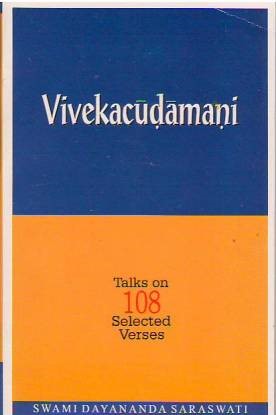by Prof. Phillip Charles Lucas
<Read Part 3>
Theme Two: The Necessity for Moral Development
The second critical theme claims that NTMA teachers ignore moral development as a prerequisite for spiritual realization. TMA proponents claim that efficacious sadhana includes the cultivation of traditional Vedic virtues such as faith, devotion and perseverance, and allege that many NTMA gurus not only lack these virtues but also fail to emphasize their importance. Some critics articulate the development of virtues employing the traditional practice of Vaidika Dharma, rules of conduct that govern human behavior according to a system of duties to society, the gods and one’s family. TMA proponents contend that when a person sacrifices personal desires to serve the Divine and others, vasana-production becomes non-binding and therefore no longer an impediment to realization of the self. [Swartz, “What is Neo-Advaita?”]
TMA proponent and Mountain Path editor Christopher Quilkey, for example, warns that the passive and fatalistic approach to existence recommended by NTMA teachers can lead to hedonism and self-indulgence, both of which are inimical to spiritual growth.[The Mountain Path is published by Sri Ramanasramam in Tiruvannamalai, India. As of 2024, Chris has now stepped down as editor.]
Continue reading
